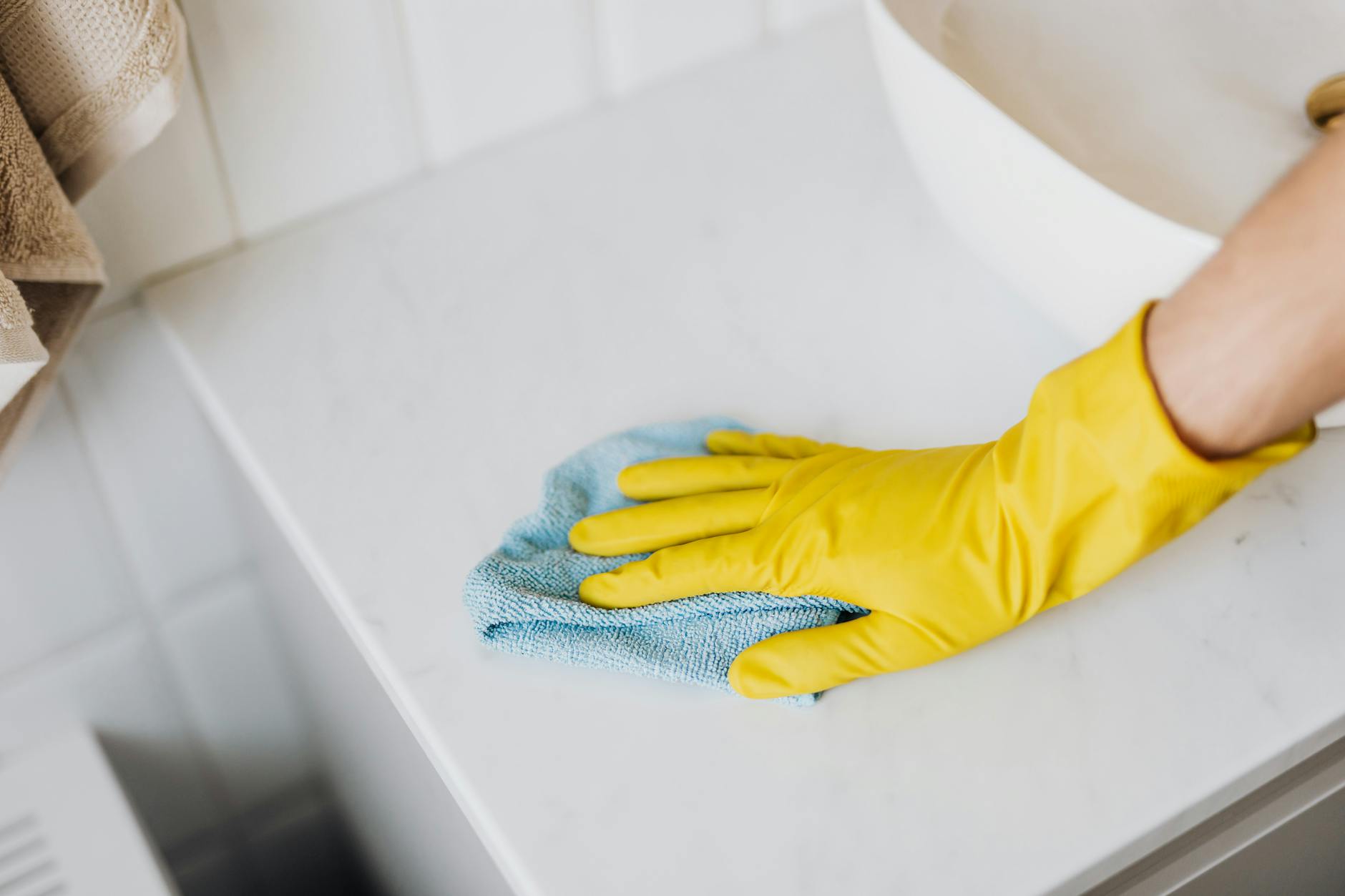Discover the top strategies for boosting your immune system and reclaiming your health after battling Lyme disease.
Table of Contents
Lyme disease is a growing concern for many individuals, especially those who spend time outdoors or in wooded areas. This tick-borne illness can have serious implications on one’s health if not properly treated. In this blog post, we will discuss what Lyme disease is, its symptoms, diagnosis, treatment options, and prevention tips to help you stay healthy and informed.
Crohn’s Disease
Crohn’s disease is a chronic inflammatory bowel disease that affects the digestive tract. It can cause abdominal pain, diarrhea, fatigue, and weight loss. While the exact cause of Crohn’s disease is unknown, genetics and environmental factors may play a role. Treatment options for Crohn’s disease include medication, lifestyle changes, and sometimes surgery.
Cold Sore
Cold sores are small, painful blisters that typically appear on or around the lips. They are caused by the herpes simplex virus and are highly contagious. Cold sores can be triggered by stress, sunlight, and other factors. Treatment for cold sores may include over-the-counter medications or antiviral creams.
Lyme Disease
Lyme disease is a bacterial infection transmitted through the bite of an infected tick. Symptoms of Lyme disease include fever, fatigue, and a characteristic “bull’s-eye” rash. Early diagnosis and treatment are crucial to prevent long-term complications. Treatment for Lyme disease often involves antibiotics.
Bacterial Vaginosis and Yeast Infection
Bacterial vaginosis and yeast infections are common vaginal infections that can cause discomfort and itching. Bacterial vaginosis is caused by an imbalance of bacteria in the vagina, while yeast infections are caused by an overgrowth of yeast. Treatment for bacterial vaginosis and yeast infections may include antibiotics or antifungal medications.
Rheumatoid Arthritis
Rheumatoid arthritis is an autoimmune disease that causes inflammation of the joints. It can result in joint pain, stiffness, and swelling. Treatment for rheumatoid arthritis aims to reduce inflammation and improve joint function. Medications, physical therapy, and lifestyle changes can help manage symptoms of rheumatoid arthritis.
Mental Health
Mental health is just as important as physical health. Common mental health conditions such as anxiety and depression can impact one’s overall well-being. It’s essential to seek help and support when dealing with mental health issues. Therapy, medication, and lifestyle changes can help manage symptoms of mental health conditions.
| Tip | Description |
|---|---|
| 1. Maintain a healthy diet | Focus on whole foods, lean proteins, and plenty of fruits and vegetables to support your immune system. |
| 2. Stay hydrated | Drink plenty of water throughout the day to help flush out toxins and keep your body functioning properly. |
| 3. Get plenty of rest | Make sure to get adequate sleep each night to help your body recover and heal from Lyme disease. |
| 4. Exercise regularly | Engage in low-impact activities like walking, yoga, or swimming to improve circulation and promote healing. |
| 5. Manage stress | Practice stress-reducing techniques such as meditation, deep breathing, or mindfulness to support your body’s healing process. |
| 6. Work with a healthcare provider | Consult with a healthcare provider who specializes in Lyme disease to develop a comprehensive treatment plan tailored to your needs. |
Parkinson’s Disease
Parkinson’s disease is a neurodegenerative disorder that affects movement and coordination. Symptoms of Parkinson’s disease include tremors, stiffness, and difficulty walking. While there is no cure for Parkinson’s disease, treatment options such as medications and physical therapy can help manage symptoms and improve quality of life.
Sleep Apnea
Sleep apnea is a sleep disorder characterized by pauses in breathing during sleep. It can lead to daytime fatigue, snoring, and other health complications. Treatment for sleep apnea may include lifestyle changes, breathing devices, or surgery. Seeking treatment for sleep apnea is essential for overall health and well-being.
Conclusion
Understanding common health conditions and knowing how to prevent and manage them is crucial for maintaining a healthy lifestyle. By staying informed and proactive about your health, you can take control of your well-being and live your best life. Don’t hesitate to seek medical advice if you have concerns about your health or experience any symptoms of a health condition.
FAQ Section
What are the early symptoms of Lyme disease?
Answer 1: Early symptoms of Lyme disease may include fever, fatigue, headache, and a characteristic “bull’s-eye” rash. It’s essential to seek medical attention if you experience these symptoms after a tick bite or spending time in wooded areas.
How is Lyme disease diagnosed?
Answer 2: Lyme disease is diagnosed through a combination of blood tests, medical history, and physical examination. These tests can help confirm the presence of Lyme disease antibodies in the body and determine the best course of treatment.
What treatment options are available for Lyme disease?
Answer 3: Treatment for Lyme disease typically involves a course of antibiotics to help eradicate the bacteria causing the infection. In some cases, additional medication or therapy may be recommended to manage symptoms and support the body’s healing process.
How can I prevent Lyme disease?
Answer 4: To prevent Lyme disease, take precautions such as wearing protective clothing, using insect repellent, and checking for ticks after spending time outdoors. It’s also important to promptly remove any attached ticks and consult a healthcare provider if you develop symptoms of Lyme disease.





